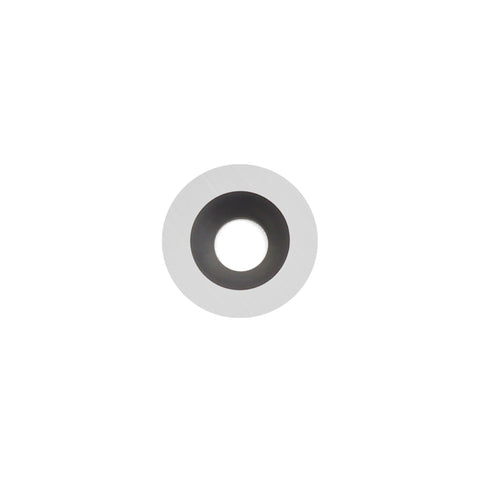|
Carbide turning inserts have revolutionized the world of machining, providing exceptional durability and performance for a wide range of woodturning applications. These inserts, made from a combination of tungsten carbide and a binder material, offer superior cutting capabilities and extended tool life. In this article, we will delve into the various types of carbide turning inserts, exploring their specific features and applications.
- CNMG Inserts
CNMG inserts, also known as diamond-shaped inserts, are widely used in general turning operations. They feature a 80-degree rhombic shape with four cutting edges. This versatile insert is suitable for both roughing and finishing cuts, making it a popular choice for a wide range of materials, including steels, cast irons, and stainless steels. CNMG inserts are known for their excellent chip control and stability, ensuring efficient and precise machining.
- CCMT Inserts
CCMT inserts, also referred to as rhombic inserts, are commonly used for internal turning, boring, and profiling operations. They have a 80-degree rhombic shape with a 7-degree clearance angle. These inserts are designed to provide excellent chip evacuation, making them ideal for machining softer materials like aluminum and non-ferrous metals. CCMT inserts are also well-suited for finishing cuts and achieving high surface finishes.
- TNMG Inserts
TNMG inserts, or triangular inserts, are popular for external turning applications. With a 60-degree triangular shape, they feature three cutting edges. These inserts are versatile and can be used for roughing, semi-finishing, and finishing cuts. TNMG inserts are suitable for a wide range of materials, including steels, stainless steels, and cast irons. They offer good chip control and stability, making them a reliable choice for general turning operations.
- WNMG Inserts
WNMG inserts, also known as diamond-shaped inserts, are widely used in turning operations. They have a 80-degree rhombic shape with a 7-degree clearance angle. WNMG inserts are specifically designed for negative rake turning, which provides enhanced tool strength and stability. These inserts are suitable for both roughing and finishing cuts in a variety of materials, including steels, stainless steels, and cast irons. WNMG inserts are known for their excellent chip control and productivity.
- VBMT Inserts
VBMT inserts, or rhombic inserts, are commonly used for external turning and profiling operations. They feature a 35-degree rhombic shape with a 7-degree clearance angle. VBMT inserts are ideal for machining non-ferrous materials, such as aluminum and copper alloys. These inserts offer good chip control and are capable of achieving high surface finishes. VBMT inserts are also suitable for light roughing and finishing cuts in softer materials.
- DCMT Inserts
DCMT inserts, also referred to as rhombic inserts, are widely used for internal turning, boring, and profiling operations. They have a 55-degree rhombic shape with a 7-degree clearance angle. DCMT inserts are designed to provide excellent chip evacuation, making them suitable for machining materials like aluminum and non-ferrous metals. These inserts are also capable of achieving high surface finishes and are commonly used for finishing cuts.
It's important to note that the specific application and material being machined will determine the most suitable type of carbide turning insert. Additionally, factors such as cutting speeds, feeds, and depth of cut should be considered when selecting the appropriate insert for a particular job.
In conclusion, carbide turning inserts offer exceptional cutting capabilities and extended tool life for a variety of turning applications. The different types of inserts, including CNMG, CCMT, TNMG, WNMG, VBMT, and DCMT, cater to specific machining needs and materials. Understanding the features and applications of these inserts allows machinists to select the most suitable option for optimal performance and productivity. With the right choice of carbide turning inserts, machining operations can be executed efficiently, resulting in superior-quality finished products.
|
